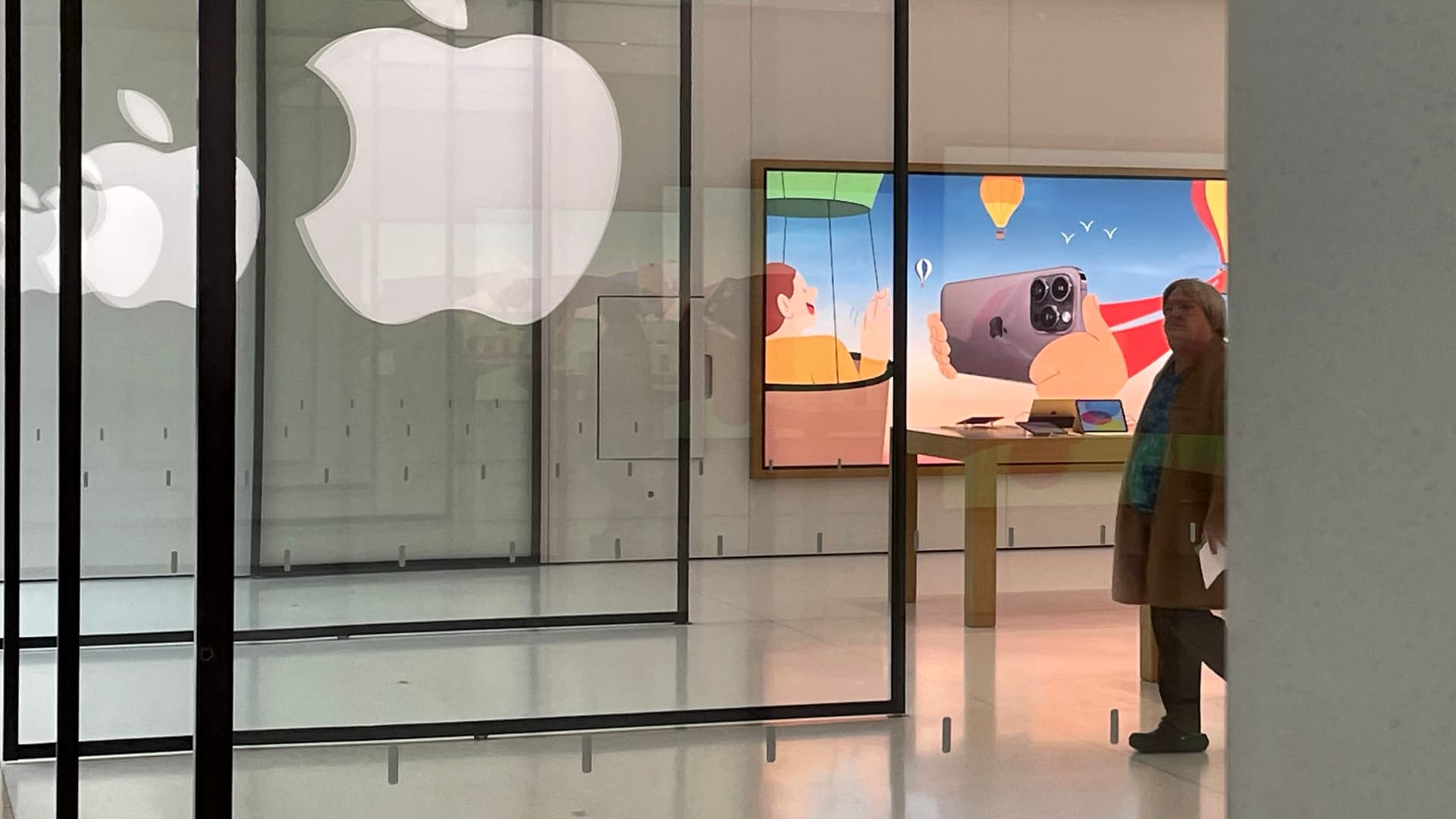Products You May Like
As the Federal Reserve continues to hike interest rates, some online banks have been jockeying to offer the highest yields on savings.
Now, Apple has entered the competition with a new savings account offering a 4.15% interest rate.
The new offering amplifies the tech giant’s suite of other financial offerings, including Apple Pay, Apple Card and the recent debut of a “buy now, pay later” service, noted Ted Rossman, senior industry analyst at Bankrate.
“They’re trying to get that ‘top of mind, top of wallet’ status,” Rossman said.
More from Personal Finance:
This is the ‘best defense’ against inflation, says financial advisor
You may face a ‘stealth tax’ on Social Security benefits, expert warns
This strategy could shave thousands off the cost of college
Savings interest rates of 4% and above were unheard of as recently as one year ago, he noted.
But that was before the Federal Reserve launched a series of interest rate hikes aimed at tamping down historic high inflation. While those increases have brought higher rates for debts on everything from credit cards to mortgages, they have also sweetened incentives for savers who can now earn more on their cash.
How Apple’s savings account yield stacks up
The highest savings yields in the Bankrate database are now more than 5%, according to Rossman. That includes UFB Direct, which is offering 5.02%.
Apple’s 4.15% savings account now lands in 11th place on Bankrate’s rankings, he said.
Still, Apple may have an advantage when it comes to the top offerings for rates due to its brand recognition, Rossman said.
“At Bankrate, we tend to be fans of anything that gets people saving more and getting better returns,” Rossman said. “This is definitely a big, important, popular company entering this space.”
The savings account provides a “seamless factor” for Apple enthusiasts who are already using the company’s phone, card or buy now, pay later service, he said.
The savings account is intended to be a sidecar to the Apple Card, so daily cash back earnings get deposited there, Rossman noted. It is also possible to transfer outside funds to the savings account.
Importantly, Apple’s savings account is offered through Goldman Sachs, and is FDIC insured. That means its accounts are generally federally insured for up $250,000 per depositor. Experts have emphasized that FDIC, or Federal Deposit Insurance Corporation, coverage should be high on savers’ wish lists in light of the recent collapses of Silicon Valley Bank and Signature Bank.
Goldman Sachs has its own high-yield accounts through Marcus, which currently offers a 3.9% rate.
‘Best incentive in years to shop around’
Even as interest rates on savings have kicked up, savers are largely not taking advantage of the higher yields that are now available, Bankrate’s research has found.
A recent survey conducted by the website found just 22% of savers are earning interest rates of 3% or more on their cash.
Savers with accounts at big brick and mortar banks are probably earning “next to nothing,” Rossman said. Many people can probably earn a much better return by switching banks, he said.
“There’s definitely the best incentive in years to shop around,” Rossman said.
To be sure, many people may find it difficult to find extra cash to sock away when rising rates has made paying debts more expensive and inflation has pushed up prices for everyday items.
For those who are struggling to save, personal finance expert Suze Orman recently told CNBC that it helps to automate your savings. By setting aside money before you see it in your paycheck, “you will find that you do not miss it,” Orman said.
Of note, today’s high rates are not guaranteed to stick around, Rossman noted.
The yields on savings accounts may go down if the Federal Reserve decides to lower interest rates at some point. Other products like certificates of deposit, or CDs, may allow savers to lock in interest rates for longer time periods, like one to five years, he said.
